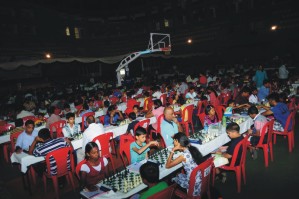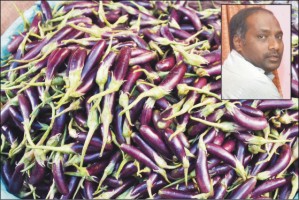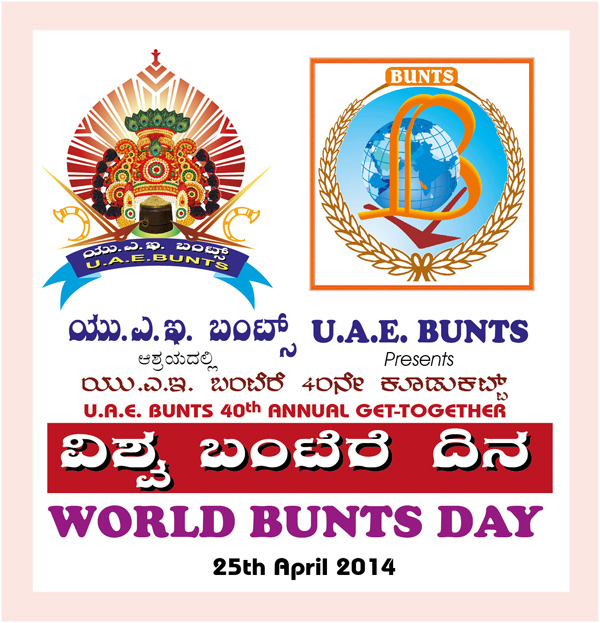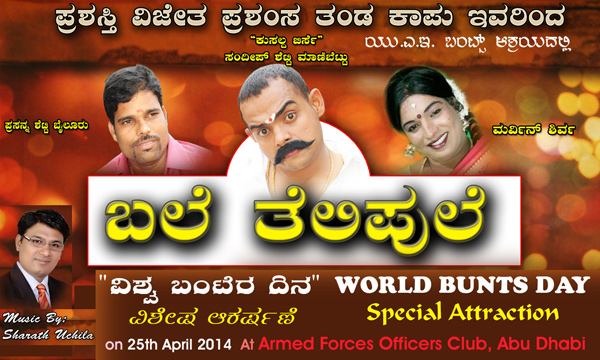by Phalgunn Maharishi
At 68, he still has an undying flair towards stone and wood carving. He has so far carved more than 10,000 idols and trained hundreds of students. He has also won a number of prizes. The person here is Chandrashekharachary, a sculptor, whose hands are well versed in the art for more than 50 years now.
Born in Mysore to an artisan family on May 13, 1946, he soon developed his interest in the art and was introduced to the tools and techniques used in sculpting at a very early age. Though he graduated in Science from Maharaja’s College (1966 – 1969) with Statistics as a main subject, stones attracted him more.
“My elder brother had drawn a sketch of Lord Ganesha when I was in 8th grade and that’s when I took up a small piece of stone and laid my hands on it. It wouldn’t have been an easy task to pick up this art if I wasn’t born in an artisan family,” said Chandrashekharachary while speaking about his early days.
He also added that the profession is hereditary to his family. His father was a goldsmith and two elder brothers were sculptors who have worked for the Chamarajendra Technical Institute and also the great Palace of Mysore.
For ten years after graduation, Chandrashekharachary worked as a craftsman for Cauvery Emporium and Chamarajendra Technical Institute during 1969 – 1979. “I would stay at home all day drawing the design and carving it on wood or stone. After the completion of an idol I would take it to Cauvery Emporium in Bangalore and sell it to them. They paid money lesser than a direct customer would pay but the process was easy,” commented Chandrashekharachary while speaking about his early experiences as a craftsman.
Later, he was recommended by the technical institute to work at Poompuhar, also known as the Tamil Nadu Handicrafts Development Corporation Ltd., as a master craftsman and superintendent. He worked there for two years and later in 1981, he was appointed as a project officer at Cauvery Emporium for five years in places like Sirsi, Kumta and Bangalore.
He added “I was exposed to big machines during my tenure at Cauvery Emporium and along with my team of eminent craftsmen, I worked on hundreds of idols every day,” while recapitulating those moments.
Speaking about the procedure he follows, he said, “First, I draw a basic sketch so as to maintain accuracy while carving. After the basic sketch is completed, I draw it again on stones or wooden blocks and later start carving them” and added, “Usually I draw the sketches based on my imaginations. Everything is imprinted here inside my brain” with a confident smile.
Later, speaking about working conditions, safety measures and life style, Chandrashekharachary said, “we artisans usually work with dust surrounding us which makes our hands and legs rough. I particularly sometimes wear glasses to protect my eyes during wood carving as small pieces of wooden dust may enter into the eyes which is hazardous. We artisans usually live a poor living as we are given piece rate wages and many people hesitate to pay appropriate money as it is just a piece of stone. They don’t seem to see 3 to 12 months of hard workmanship behind it.”
After working at different places, Chandrashekharachary is now settled in Mysore near T. Narasipur Road with his son who is a software engineer. He still travels daily 14 kilometres from his home and works whole day under the hot sun with stone pieces and dust surrounding him. When asked him the reason, he said, “I love this art. My next generation is not leading it anywhere. So let me take it further with me as much as possible.”
He then elaborated, “the art is fading nowadays. Time has changed. There is no such support from government for sculptors. I am also ready to teach students who come to me to learn this beautiful art, but it seems that the younger generation is interested in more of computer education than the art!”
Some notable works of Chandrashekharachary include an elegant chair in rose wood which is 5 feet in height and can be seen at Puttaparthi Sathya Saibaba Ashram and Lord Ranganatha for a Ranganatha Swamy Temple in Bangalore.
Chandrashekharachary is also a writer during his free time. He has written around hundred vachanas by his pen name “Maradilingeshwara” for which he has been presented with an award in 1975 from Kannada Sahithya Parishat and also his Kannada article “Saahithyavannu Yeke Odhabeku” has been published in Youth Karnataka magazine.
It is not just Chandrashekharachary, but there are many other sculptors too whose works have be to recognised by the people and supported by the government more and more.
source: http://www.starofmysore.com / Star of Mysore / Home> Feature Articles / April 22nd, 2014










